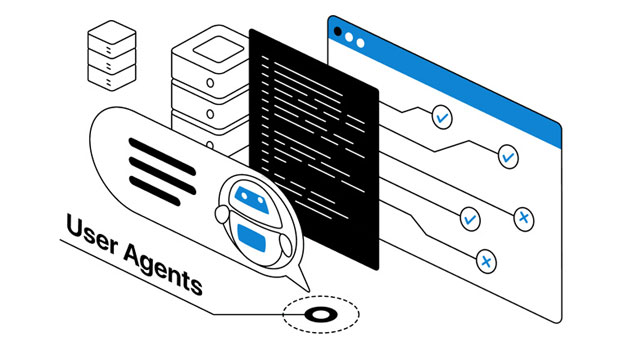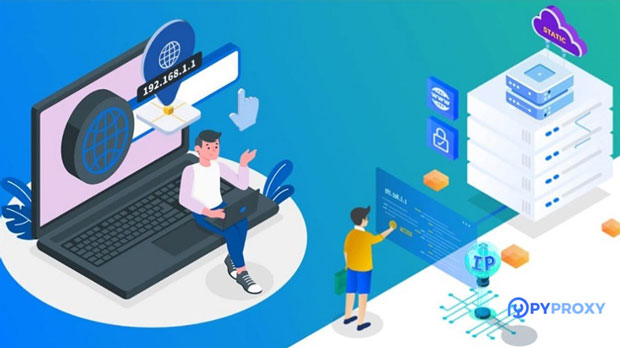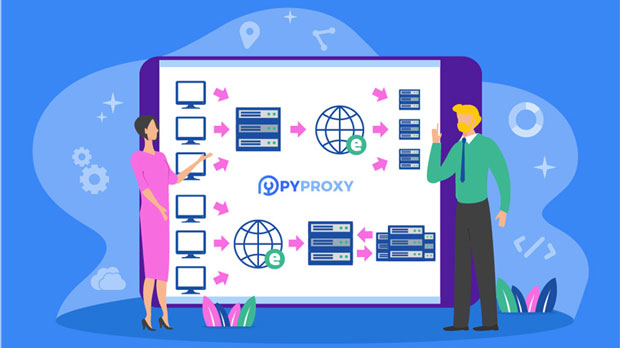When it comes to using socks5 proxies for security, privacy, or geolocation purposes, ensuring that the proxies are working efficiently is essential. A socks5 proxy checker tool helps users verify the functionality and authenticity of these proxies. However, not all SOCKS5 proxy checker tools are created equal. Selecting the right one is crucial to guarantee the best performance, security, and accuracy. In this article, we will explore the key factors to consider when choosing the most effective SOCKS5 proxy checker tool, including features, security protocols, accuracy, ease of use, and additional functionalities. 1. Understanding SOCKS5 Proxies and the Need for a Checker ToolBefore delving into the specifics of choosing a checker tool, it’s important to understand what SOCKS5 proxies are and why they need to be checked regularly. SOCKS5 is a proxy protocol that routes internet traffic through an intermediary server. It provides a higher level of security, supporting both TCP and UDP protocols. This makes it a popular choice for applications like torrenting, gaming, and accessing geo-restricted content. However, due to various reasons such as network congestion, server misconfigurations, or unauthorized access, SOCKS5 proxies can occasionally fail to work as intended. This is where a reliable SOCKS5 proxy checker comes into play, ensuring that proxies are functional, secure, and meet your needs.2. Key Features of an Effective SOCKS5 Proxy Checker ToolTo make an informed decision when selecting a SOCKS5 proxy checker tool, you must consider the following essential features:2.1. Compatibility and Protocol SupportThe most fundamental feature of a good SOCKS5 proxy checker tool is its ability to work with SOCKS5 proxies. Not all proxy checker tools support the full range of proxy protocols. While some tools may only support basic HTTP or HTTPS proxies, an effective SOCKS5 checker should be able to detect and test SOCKS5 proxies specifically. Additionally, the tool should support a variety of other protocols such as HTTP, HTTPS, and even support for other types of proxy servers, if needed. This compatibility ensures versatility and broader usability across different use cases.2.2. Accuracy and Real-time Performance MonitoringAccuracy is one of the most important factors to consider. An ideal SOCKS5 proxy checker should offer real-time monitoring, providing up-to-date information about whether the proxy is working properly, its speed, and its anonymity level. It should give detailed feedback about any issues encountered during the proxy check, such as connection failures, timeouts, or IP leaks. Additionally, performance metrics like speed and latency are crucial, especially for tasks like streaming, gaming, or web scraping. A tool that offers these metrics will allow you to select the best proxy for your needs.2.3. Security and Privacy FeaturesWhen dealing with proxies, security is a key concern. Some SOCKS5 proxies are used to conceal users’ identities, bypass geographic restrictions, or access sensitive data. A proxy checker tool must ensure that it doesn’t compromise user privacy. Ideally, the checker should be secure enough to prevent any leaks or vulnerabilities during the testing process. The tool should also be able to detect whether the proxy itself leaks any personal information, like the original IP address, which can be a serious issue. A good tool may also provide information on the proxy’s encryption protocols and any potential risks involved with using the proxy.2.4. User Interface and Ease of UseA complicated or overly technical tool can be overwhelming, especially for those not familiar with networking concepts. A good SOCKS5 proxy checker should have a user-friendly interface that is intuitive and easy to navigate. The tool should present results clearly, with simple explanations for technical terms, making it accessible to both beginners and experienced users. A good checker tool should also allow users to input proxy information quickly and efficiently, without requiring complex setups.3. Additional Functionalities to Look for in a SOCKS5 Proxy Checker ToolWhile the primary purpose of a SOCKS5 proxy checker is to validate the functionality of proxies, there are additional functionalities that can enhance the tool’s value:3.1. Batch TestingIf you are working with multiple SOCKS5 proxies, the ability to test proxies in bulk can save time and effort. Some checker tools offer batch testing, where users can upload a list of proxies and get results for each one simultaneously. This feature is particularly beneficial for individuals or businesses managing large numbers of proxies, as it streamlines the process and helps in quickly identifying problematic proxies.3.2. Geo-location and IP Address CheckingMany users rely on SOCKS5 proxies to access geo-restricted content. In such cases, a SOCKS5 proxy checker tool that offers geo-location checking can be invaluable. The tool should be able to verify the geographic location of the proxy server and ensure that it corresponds to the user’s intended region. Additionally, the tool should offer a clear display of the proxy’s IP address, allowing users to confirm whether it matches expectations.3.3. Proxy Anonymity and Level DetectionDifferent SOCKS5 proxies offer varying levels of anonymity. A basic proxy may only obscure the user's IP address, while a higher-quality proxy might provide complete anonymity, concealing both the original IP and the user's online activities. Some SOCKS5 proxy checker tools include features that allow users to determine the level of anonymity provided by the proxy, such as “transparent,” “elite,” or “anonymous” proxy types. This feature is essential for users who need specific levels of privacy and security.4. Customer Support and DocumentationEven with the most intuitive tools, users may encounter challenges when testing SOCKS5 proxies. A good SOCKS5 proxy checker tool should come with adequate customer support, whether in the form of live chat, email support, or a detailed FAQ section. Comprehensive documentation and tutorials are also essential, especially for beginners, to help them understand how to use the tool effectively and troubleshoot common issues.5. Pricing and Value for MoneyWhile free proxy checkers may be available, they often come with limitations, such as fewer features, lower accuracy, or less secure performance. Paid proxy checkers, on the other hand, generally provide more advanced features, higher accuracy, and better overall performance. When evaluating the price, it’s important to consider the value the tool offers in terms of reliability, additional functionalities, and support. Choose a tool that fits your budget while providing the features that best meet your needs.6. ConclusionChoosing the right SOCKS5 proxy checker tool is crucial to ensuring that your proxy setup is functional, secure, and performing at its best. By considering the compatibility, accuracy, security features, ease of use, and additional functionalities, users can select a tool that meets their specific needs. For those managing multiple proxies or requiring detailed performance metrics, features like batch testing, geo-location checking, and anonymity detection can be incredibly valuable. Ultimately, the right tool will not only improve the effectiveness of your SOCKS5 proxies but also ensure that your online activities remain secure and private.
Dec 27, 2024
![arrow]()



















































